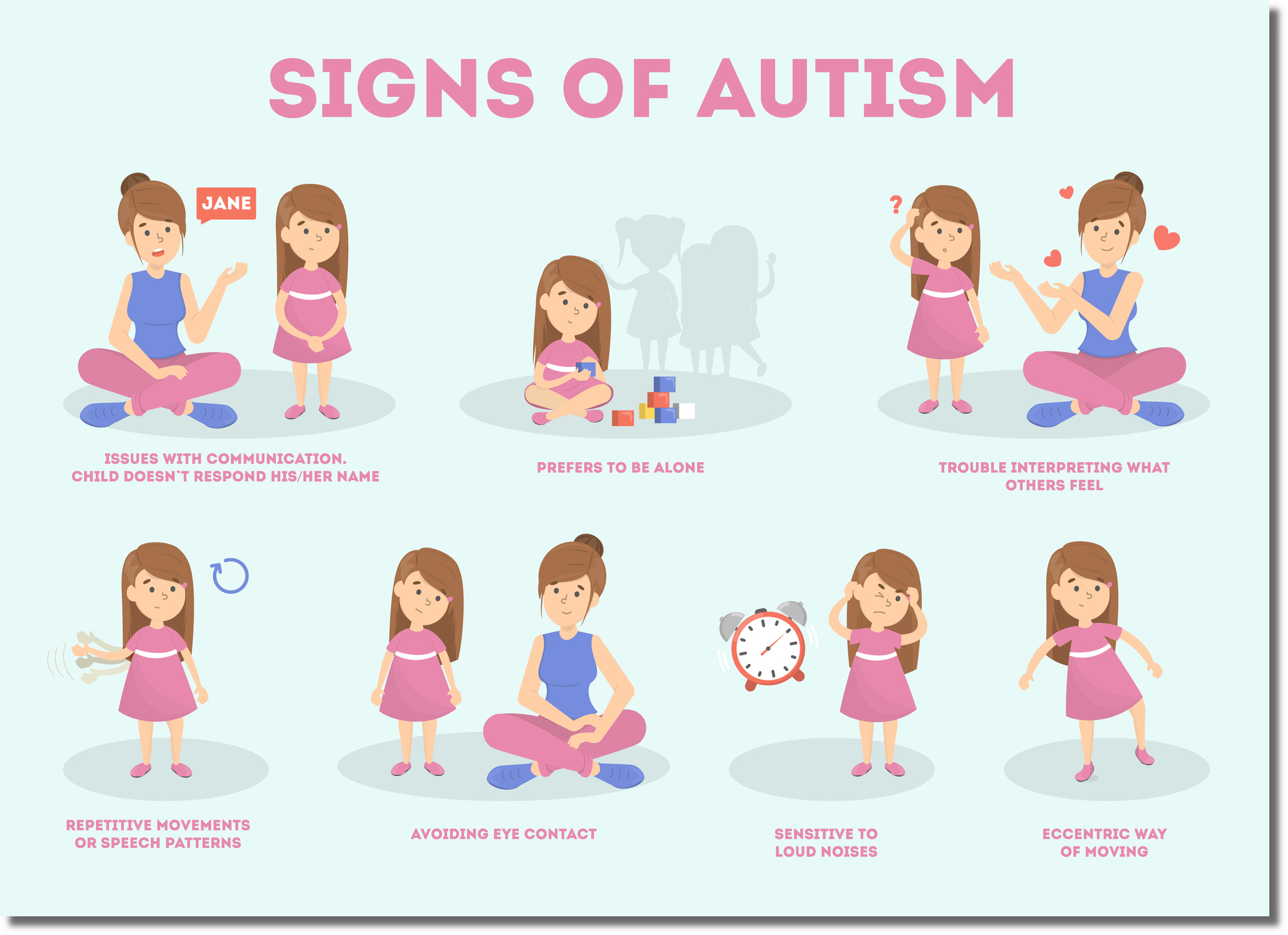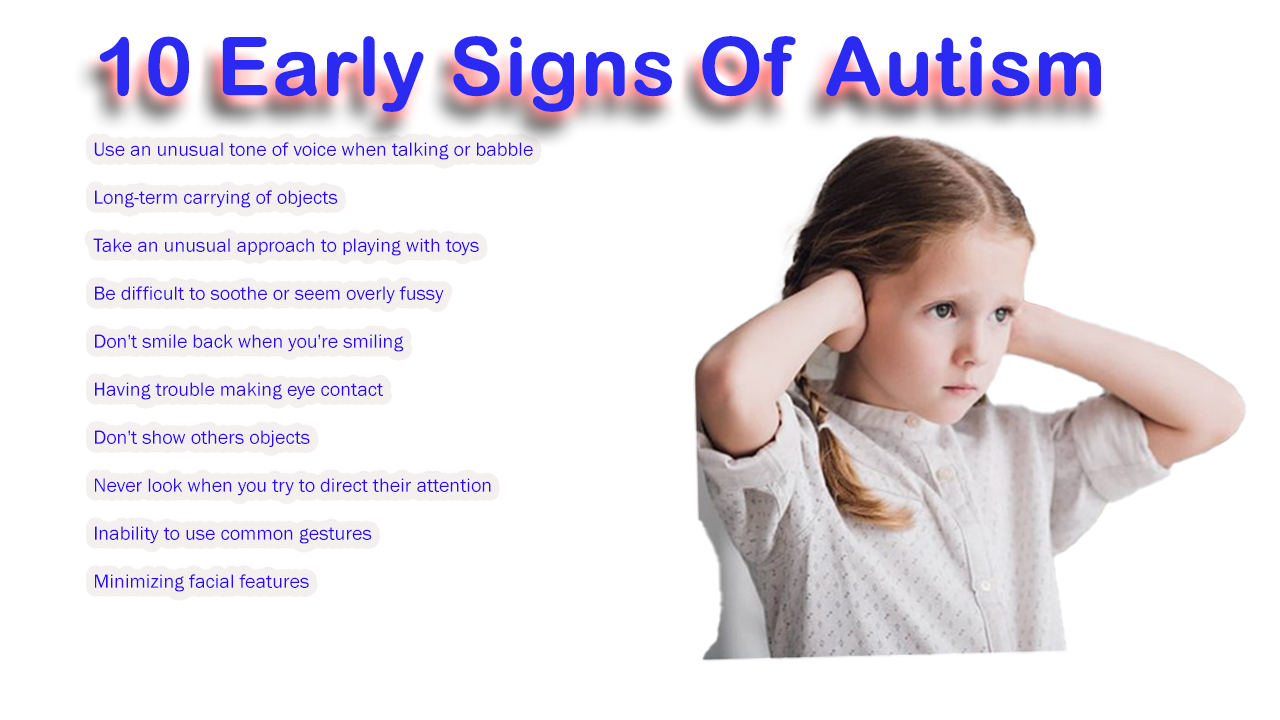Typical Attributes

Language Advancement Difficulties

- Autistic kids can be silent, chatty, exceptionally intelligent, have intellectual handicaps, or extremely friendly.Some may locate comfort in stiff routines, while others grow on spontaneity.Show coping strategies to help them self-regulate during overwhelming situations.
The American Academy of Pediatrics highlights the relevance of evaluating for autism http://connerykit739.yousher.com/recognizing-the-5-different-kinds-of-autism-spectrum-problems-a-guide-to-diagnosis-and-therapy at 18 and 24 months. This aggressive strategy to keeping an eye on developing turning points can aid determine kids who may struggle in social or interaction contexts, ultimately using them a far better chance for favorable lasting end results. As children with autism go into school age, their behavior distinctions typically end up being more apparent. They might fight with social interactions, have problem complying with class regimens, or display screen intense passions in details subjects. It's critical to note that autistic kid habits can vary extensively, and not all kids will reveal the exact same indications or difficulties. It can include issues such as rejecting food, poor rest at night, moistening the bed, undressing in the public or repetitive activities.
But a kid with autism might avoid eye call-- never looking directly at his parent or doing so inconsistently or fleetingly. " Some kids that are badly influenced may make no eye contact at all," Pandey includes. An absence of eye contact is not constantly indicative of autism-- a caution that relates to every symptom on this list.
Habits Obstacles
MMWR and Morbidity and Death Weekly Report are solution marks of the U.S. Division of Health And Wellness and Human Services.Use of trade names and industrial sources is for identification just and does not indicate recommendation by the united state Referrals to non-CDC websites on the web are provided as a service to MMWR visitors and do not comprise or suggest recommendation of these organizations or their programs by CDC or the United State Meltdowns in children can be frustrating experiences for both the kid and those around them.
Embellished strategies, such as Behavior Support Plans (BSP), are crucial for supporting kids with autism in college environments. These strategies particularly target the one-of-a-kind challenges encountered by these kids, consisting of concerns like hostility, self-injury, and noncompliance. By positioning emphasis on recognizing actions as communication, educators can much better reply to individual requirements, ultimately boosting the general quality of life for kids with autism. Different treatments and personalized support plans play a crucial role in treatment success. For instance, Actions Treatment Plans (BIPs) are created based on Functional Behavioral Analyses (FBAs), which recognize the factors behind particular behaviors. BIPs detail explicit strategies for positive reinforcement and behavior administration. Caregivers and educators can execute Favorable Habits Support (PBS) concepts, which concentrate on improving a kid's discovering and communication abilities while valuing their distinct challenges. Recognizing these communication challenges can offer a better insight into the behavioral characteristics of a child with autism. With this understanding, parents, instructors, and therapists can develop methods and interventions that finest support the kid's communication needs.